Colors for a children's room: psychology and options for combinations in the interior
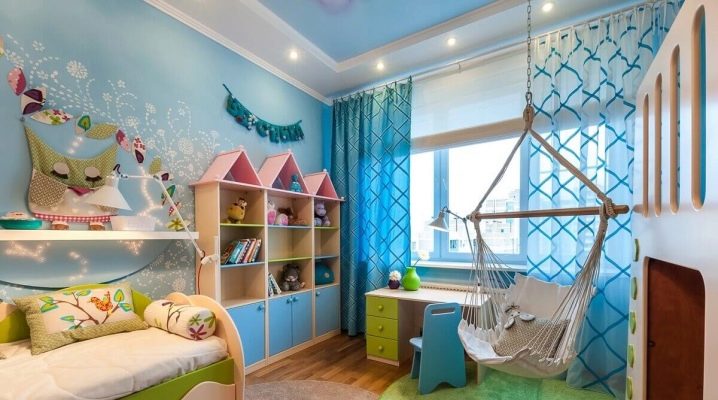
All parents approach the issue of repairing a children's room with special care. Everyone wants the room to be cozy, light and special. You can create a unique atmosphere with the right combination of colors and shades. What colors are most suitable for a children's room, how to correctly combine the selected shades with each other?
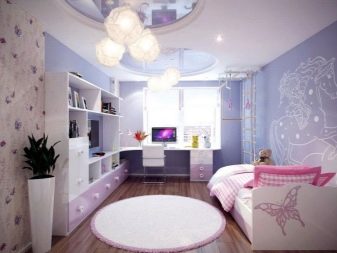
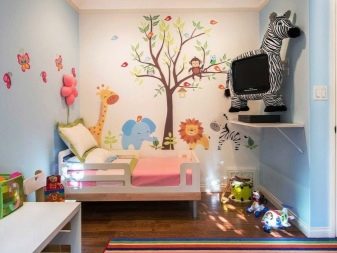
Classic
When decorating a children's room, most parents try to abandon classic colors, preferring brighter and more unusual shades. Many adhere to the rule that the nursery must certainly be bright so that the child is interested and comfortable in it. When choosing the design of a room, it is important to take into account the energy of color. After all, each shade has its own ability to influence the human psyche.
Since kids spend more time in their room, the chosen colors should have a positive effect on his psyche. In addition, it is worth noting the fact that young children react more emotionally to a particular color than adults. For this reason, the mood and even the well-being of the child will depend on the correct shade selected. So what is the best wall color for a child's room? What does color psychology say about this?
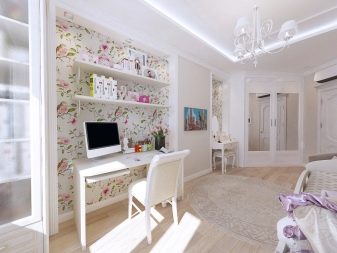

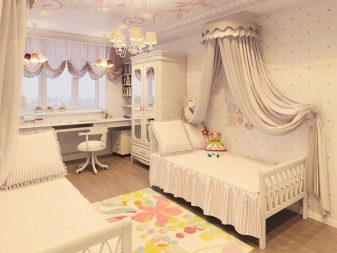
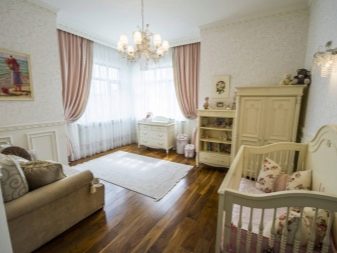
Pink and blue are 2 shades that are most often chosen for decorating children's rooms. We can safely say that these colors are classic for the nursery. The favorite color of most girls has a number of significant advantages, which is good news. For example, this delicate shade can easily soothe, reduce stress and improve mood. Plus, it has a positive effect on thinking, helps focus, and helps boost self-esteem.
The only drawback of this shade is that its excessive use in the interior can affect the fact that the girl grows up flighty.
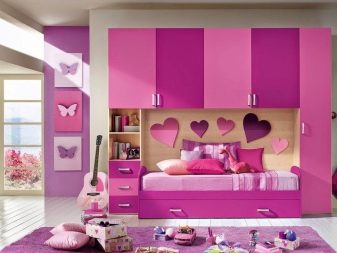
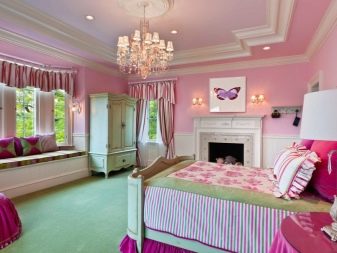
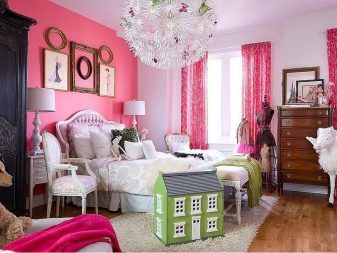
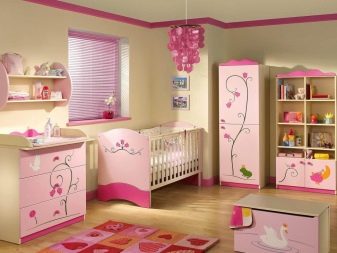
Blue color has a very positive effect on the psyche, helps to relax and calm down. But there is also a negative point. Such a shade can scatter attention, so you should not use it if the child is doing homework in the nursery.
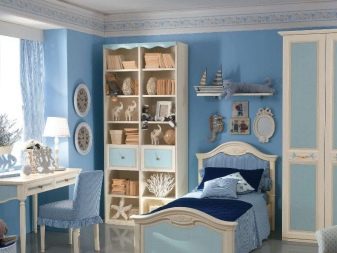
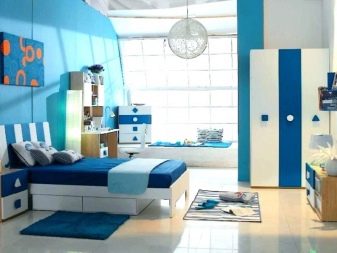
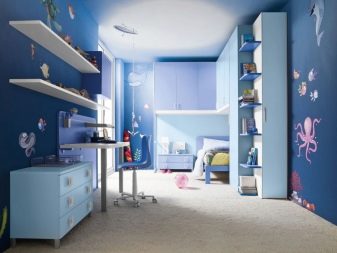

Among the classic options, white, gray and beige are very popular. These shades can become basic for any interior.
But making a room for a child completely in white is not worth it, as this will negatively affect the well-being of the baby. It is best to combine these shades with brighter and more saturated colors.

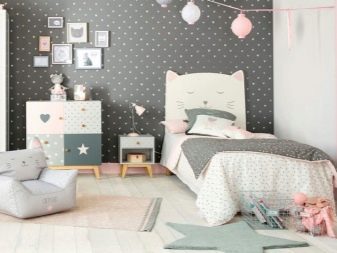

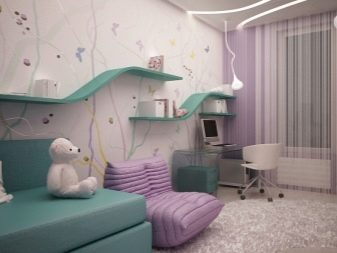
Bright and unusual
Perhaps the brightest color used in the interior is red. Many people associate this color scheme with energy and vitality. By the way, many people leading an active lifestyle choose it. How does it affect the mood of the baby? Psychologists say that this shade can increase the activity of not only a small child, but also older children. In particular, this color is recommended for use in the interior for sedentary and inactive children.
But the abundance of red can negatively affect the well-being of your beloved child. If there is too much of this shade, then the child can become aggressive, which will negatively affect his psyche and mood. It can also provoke sleep disturbance.
If your child is very active and mobile, then it is better to refuse this color altogether.
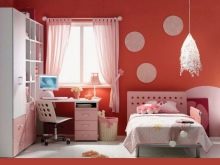
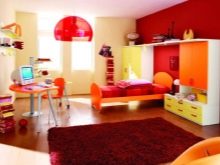
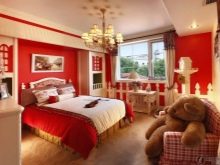
Orange is another popular vibrant shade.Unlike red, this color is not so aggressive, therefore it is quite suitable for decorating a children's interior. This shade has a very positive effect on the general emotional and psychological state of the child. In addition, orange allows children to become more confident, increases activity and stimulates creative thinking. Psychologists say that in such an interior the child will never feel anxiety, and this is very important. Yellow has the same properties, which also helps to improve mood.
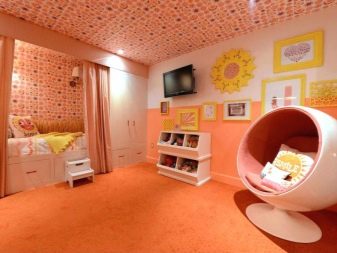
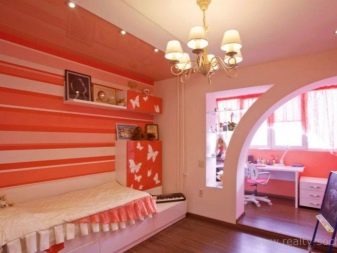
The room, made in green, will help create a unique atmosphere in which the child will feel comfortable. The various shades of this color help to relax, have a positive effect on vision and improve overall well-being. You can decorate the room not only in green or light green, but also choose other shades. For example, delicate mint or rich turquoise.
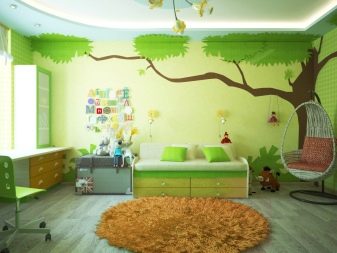

It is quite possible to arrange a nursery in blue. Moreover, you can use both saturated and lighter shades. This color can easily help relieve tension and improve sleep. But an excessive abundance of too dark a color can negatively affect the emotional state.
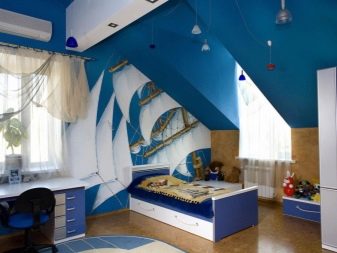
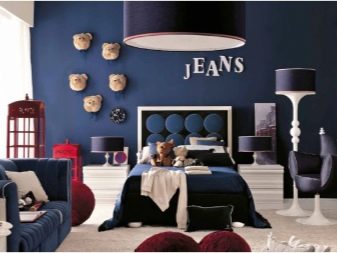
Deciding to decorate the nursery somehow in a special way, many add unusual shades to the room, for example, lilac or purple. These shades are great for creative kids as they stimulate imagination and creative thinking. But for too dreamy kids, such colors will not work, as children will constantly "hover in the clouds" and will not be able to concentrate.
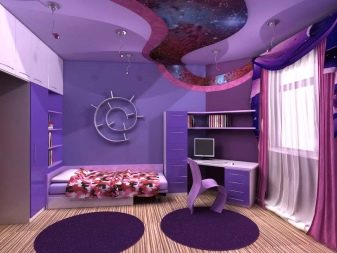
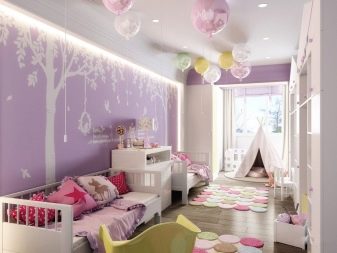
A bright palette of shades for decorating a nursery is the most common solution of many modern parents. Most of them are convinced that the brighter the color of the walls, the more interesting and fun the baby will be in such an environment. You can paint the walls in any color you want. For example, you can decorate a room in yellow, orange, lilac, or even red.
But if the color scheme you choose is too bright, and the colors dominate, then this can negatively affect the mood and emotional state of the child.
It will be better if you use calmer tones in the interior, and some design details can be made brighter. How to choose the best design and what color combination can be considered the best, we will tell you below.
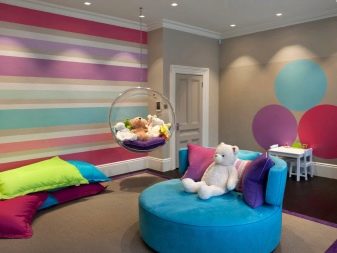

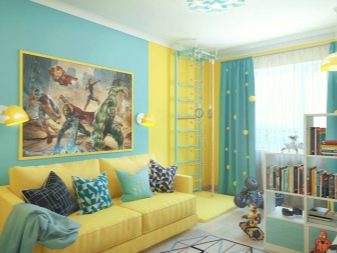
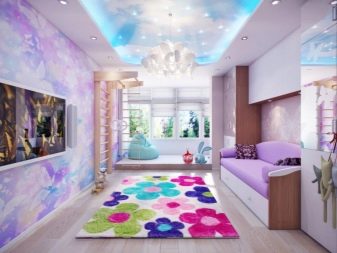
Combination options
From all of the above, we can conclude that any color that the child likes can be used in the interior of the nursery. In order not to harm the emotional state of the child, and the chosen shade had a positive effect on mood and development, it should be correctly combined and combined with other colors. In everything and always you need to be able to find a balance, then the interior will have only positive energy.
In addition, it is important to consider the saturation of the selected hue. For babies, it is best to use pastel colors and not make the interior overly bright. For children from 4 to 10 years old, natural shades that are found in nature are perfect. Choose more saturated, not faded colors.
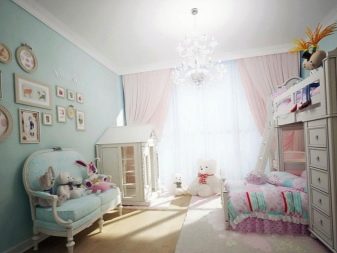
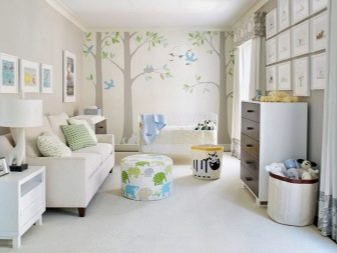

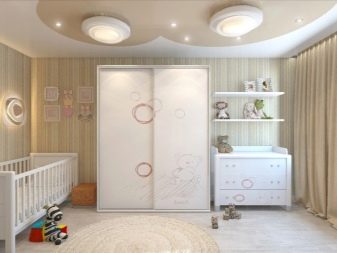
It is quite possible to make a room in white or gray, and then use bright shades as an addition. These can be decorative elements or drawings that can be used to decorate walls or ceilings.... And you can competently combine everything with bright furniture. If the furniture is made in wenge color, then you can choose a brighter design of the walls.
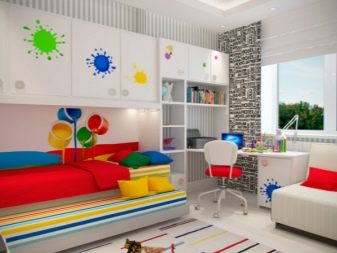
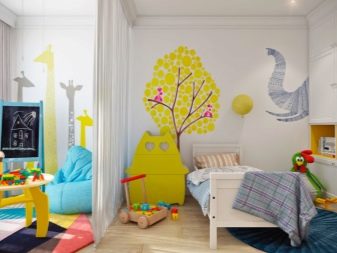
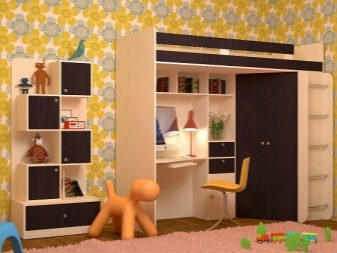
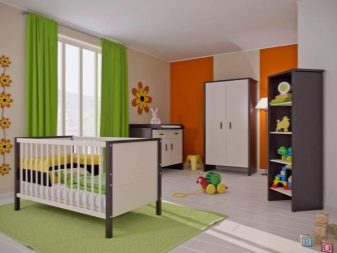
If you use white or beige as a base, then remember that these shades go well with red, blue and orange. In the event that you do not want to use bright colors in the design of the walls and ceiling, then focus on the details.
For example, it can be a bright rug, original lamps, a chandelier, shelves for books and toys.
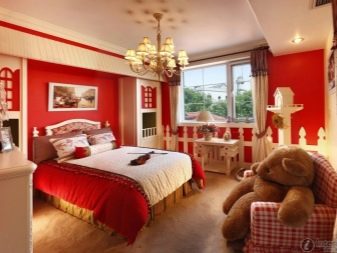
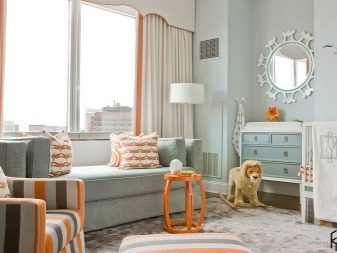
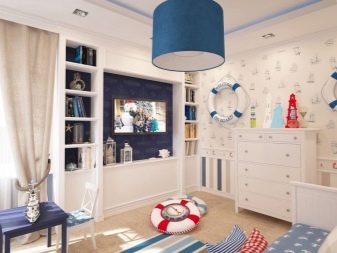

If the children's room is large, then it is best to divide it into zones. In this way, it will be possible to easily create the most comfortable environment for relaxation, play and study. Shades such as yellow, red and orange should be used in the study area as they increase activity. Shades of blue, purple and lilac are suitable for the play area. But for a comfortable sleep, it is better to decorate the recreation area in pink, green or blue colors.
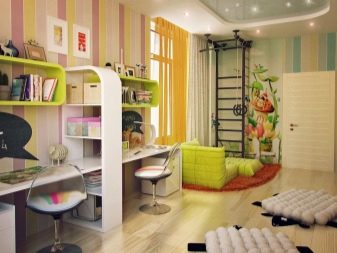
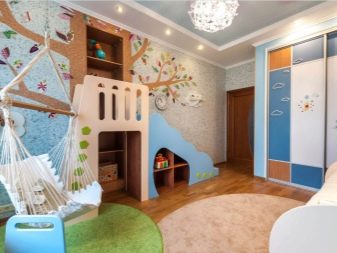
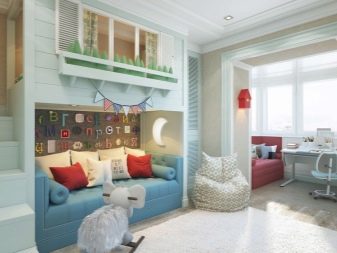
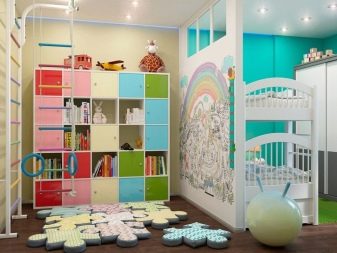
Pink goes well with white, beige, peach and gray. Blue can be combined with white, gray, orange and green. White will help reduce the aggressiveness of red and blue. Also, light green and yellow go well with blue.
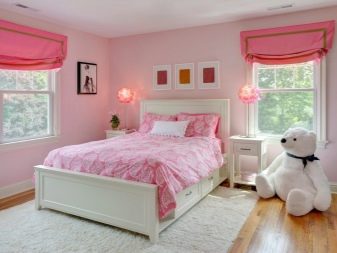

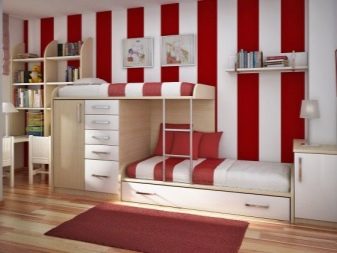
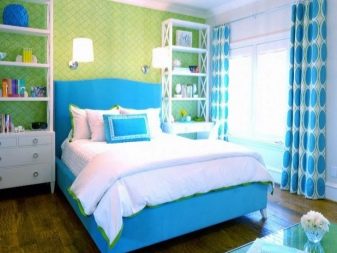
It is quite possible to choose only one color for decorating a nursery, but choose different shades of it. For example, if you are using green, then decorate the walls in a lighter shade. It can be pale green or light green. But pieces of furniture, shelves, rugs can be of a brighter green color.
Accessories such as lamps, bedside lamps, chandeliers, etc. can be chosen in any other color that matches green. For example, it is yellow or beige.

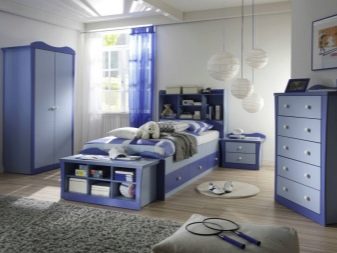
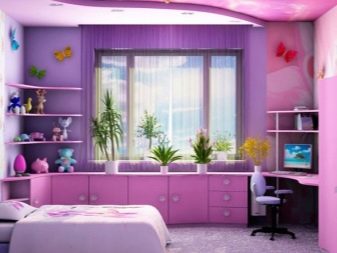
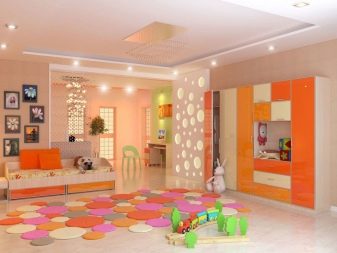








The comment was sent successfully.